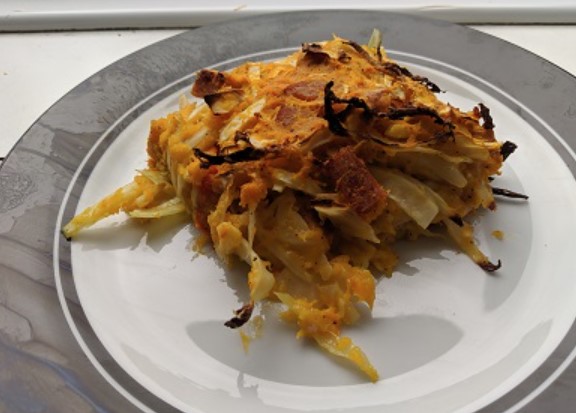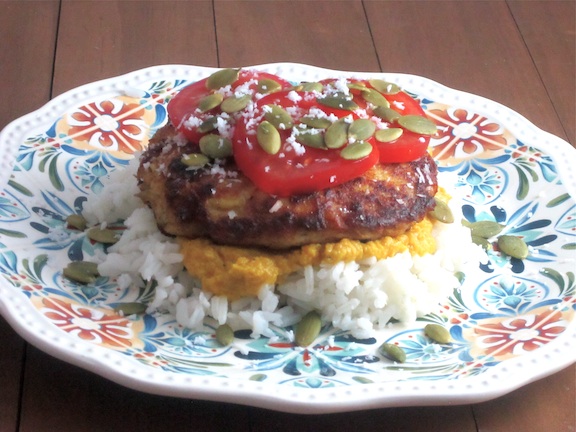Introduction: Kiribati’s fishing and marine traditions
Kiribati, a small island nation in the Pacific Ocean, is known for its rich fishing and marine traditions. The country’s location in the heart of the Pacific has made it a natural hub for fishing and a vital source of food for its people. The traditional fishing practices and marine culture of Kiribati have greatly influenced the country’s cuisine, with a strong emphasis on fresh seafood and fish.
Kiribati’s traditional dishes and ingredients
Kiribati’s cuisine is primarily based on seafood, coconut, and pandanus. Some of the traditional dishes include ika mata, a dish made of raw fish mixed with coconut cream and lime juice, and palusami, a dish made of taro leaves cooked in coconut cream. Other common ingredients in Kiribati’s cuisine include breadfruit, cassava, pandanus fruit, and sea cucumber. These ingredients are often prepared in a variety of ways, such as grilling, smoking, baking, or boiling.
Preparation methods and cooking techniques
The preparation methods and cooking techniques used in Kiribati’s cuisine are heavily influenced by the country’s fishing traditions. Fish and seafood are typically cooked over an open flame, smoked, or grilled. This allows the dishes to retain their natural flavors and textures. Coconut cream is also a common ingredient used in cooking, adding a rich and creamy flavor to many traditional dishes.
Cultural significance of fishing in Kiribati
Fishing has always been an integral part of Kiribati’s culture and way of life. It is not only a source of food but also a way of connecting to the country’s rich history and traditions. Fishing is also a popular recreational activity in Kiribati, with many locals spending their weekends fishing in the ocean.
Modern influences on Kiribati cuisine
While Kiribati’s cuisine has remained largely unchanged over the years, modern influences have begun to make their mark on the traditional dishes. This includes the introduction of new ingredients, such as rice and canned goods, which have become more widely available in recent years. Additionally, Western cuisine has also influenced Kiribati’s food culture, with fast food chains and restaurants becoming more prevalent in urban areas.
Conclusion: The enduring role of fishing in Kiribati’s cuisine
Despite the modern influences on Kiribati’s cuisine, the country’s fishing and marine traditions continue to play a vital role in its food culture. Traditional dishes and ingredients are still widely used and cherished by locals, and fishing remains a popular activity for both sustenance and recreation. Kiribati’s cuisine is a reflection of its rich history, culture, and way of life, making it a unique and authentic experience for those who have the opportunity to try it.



